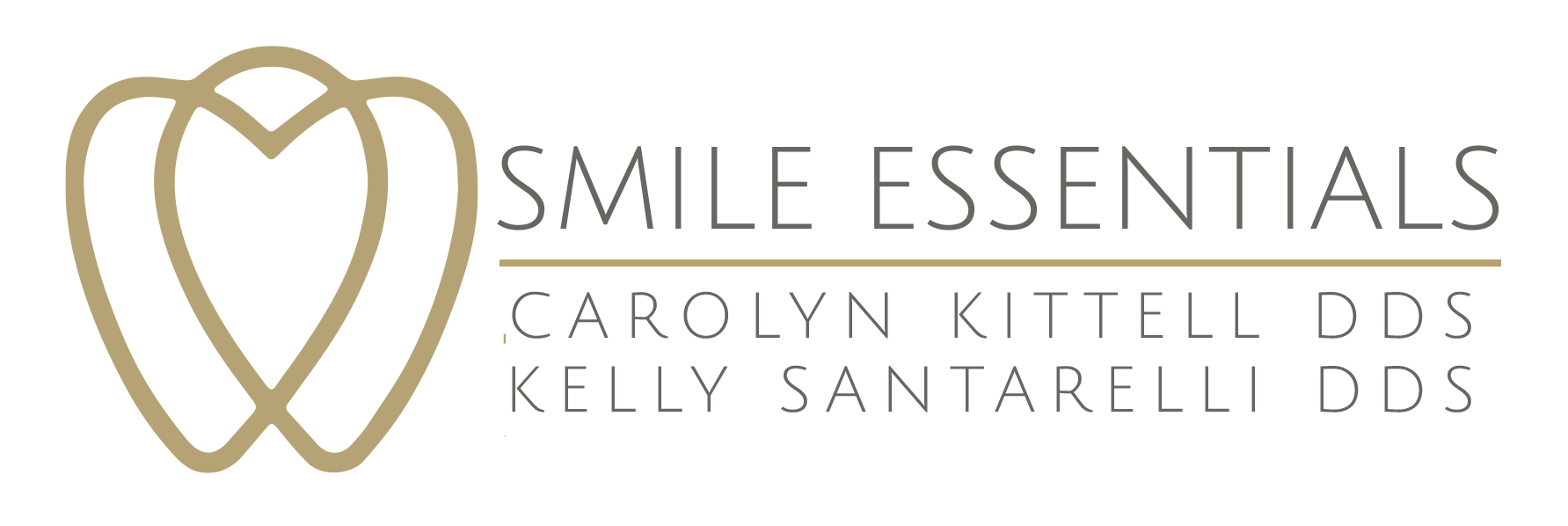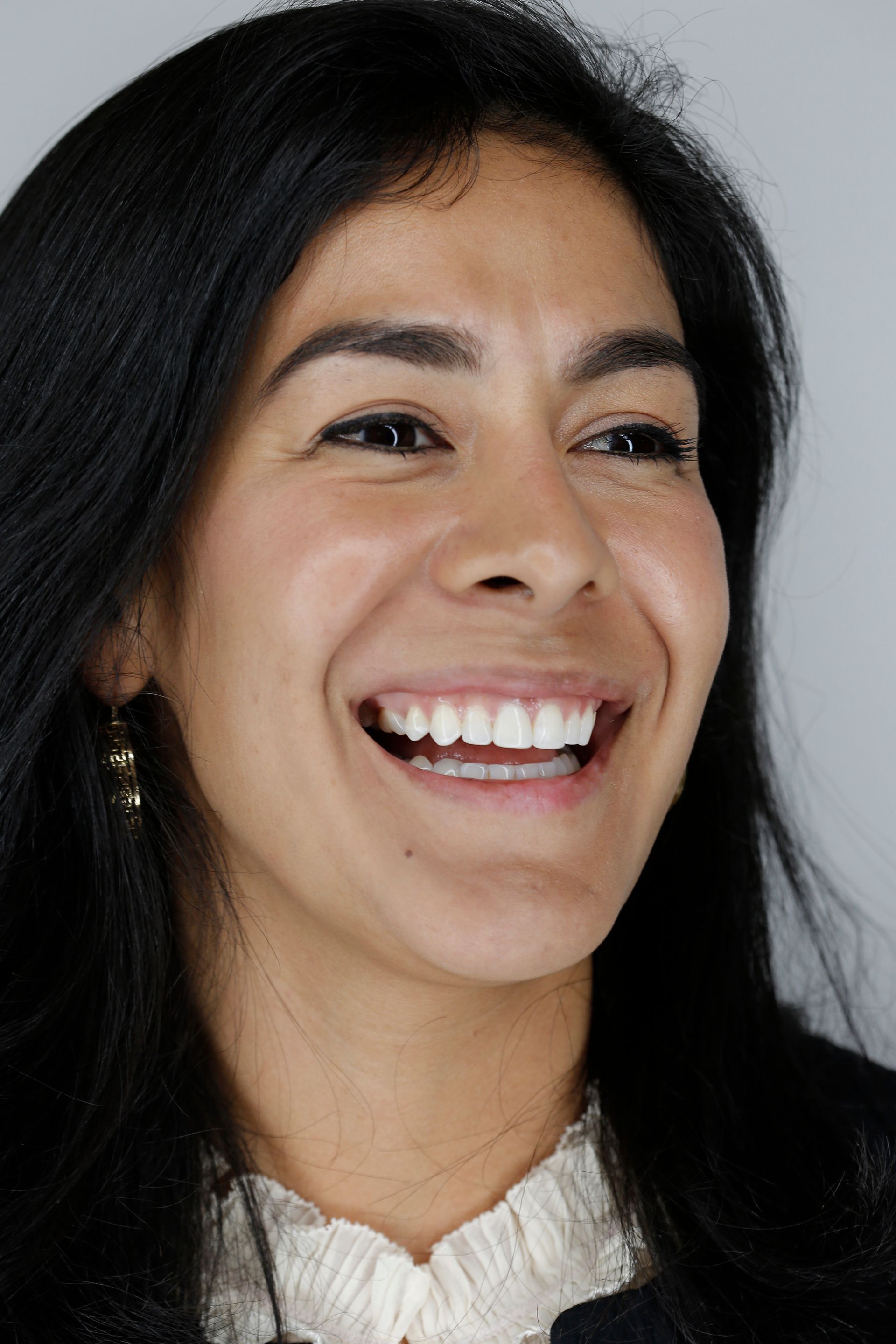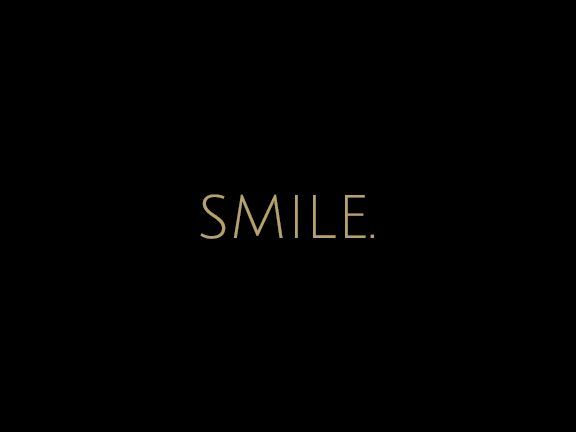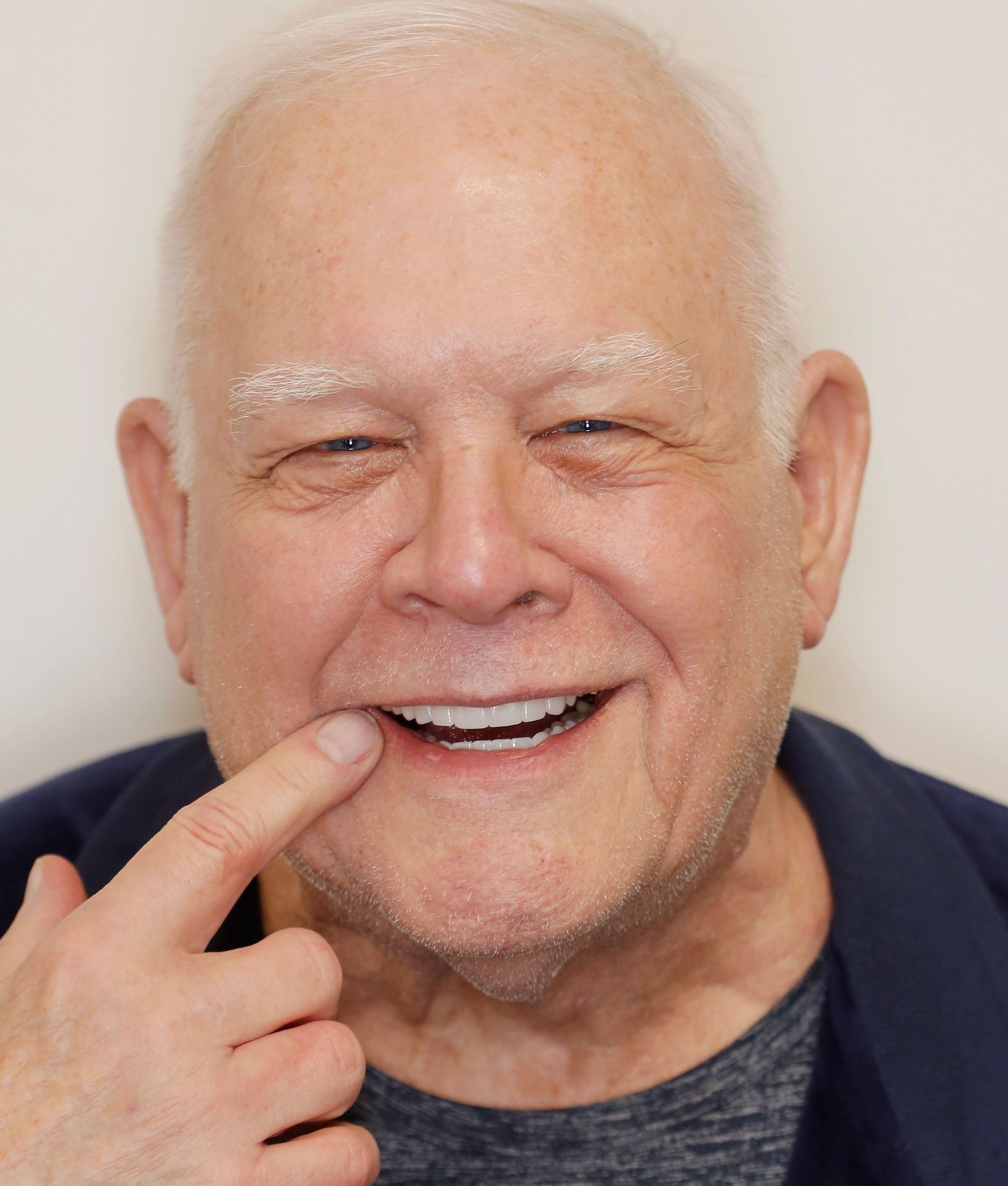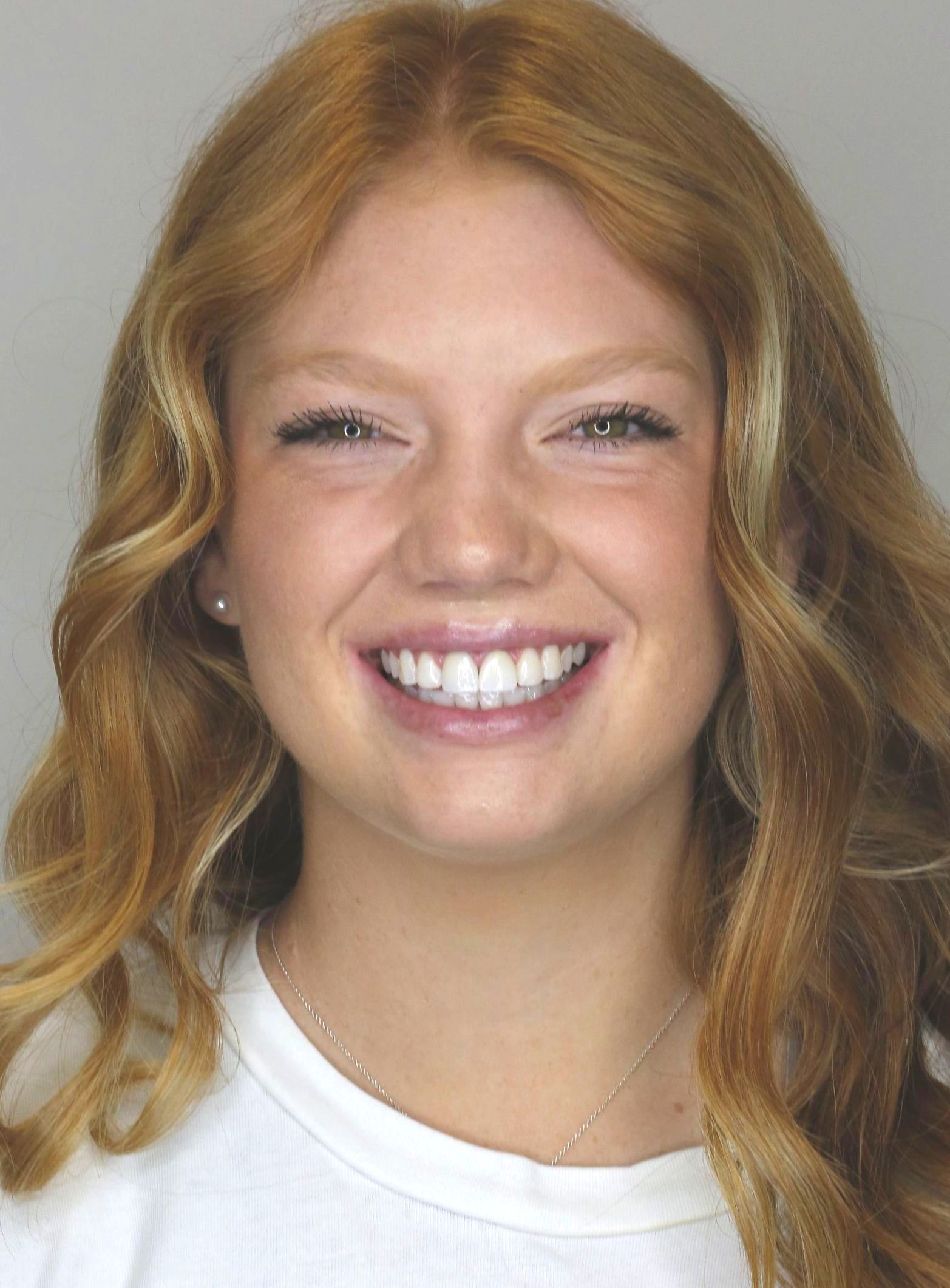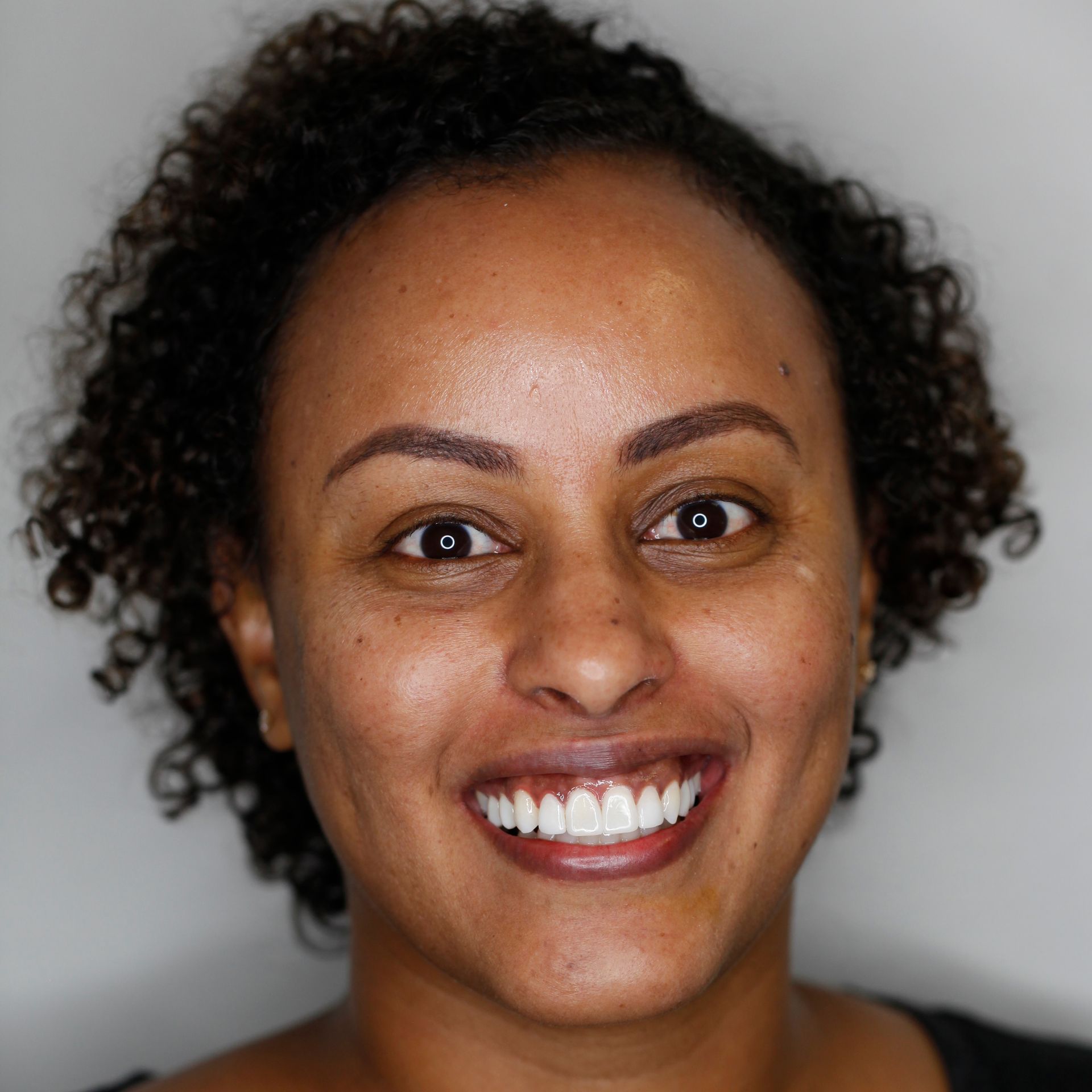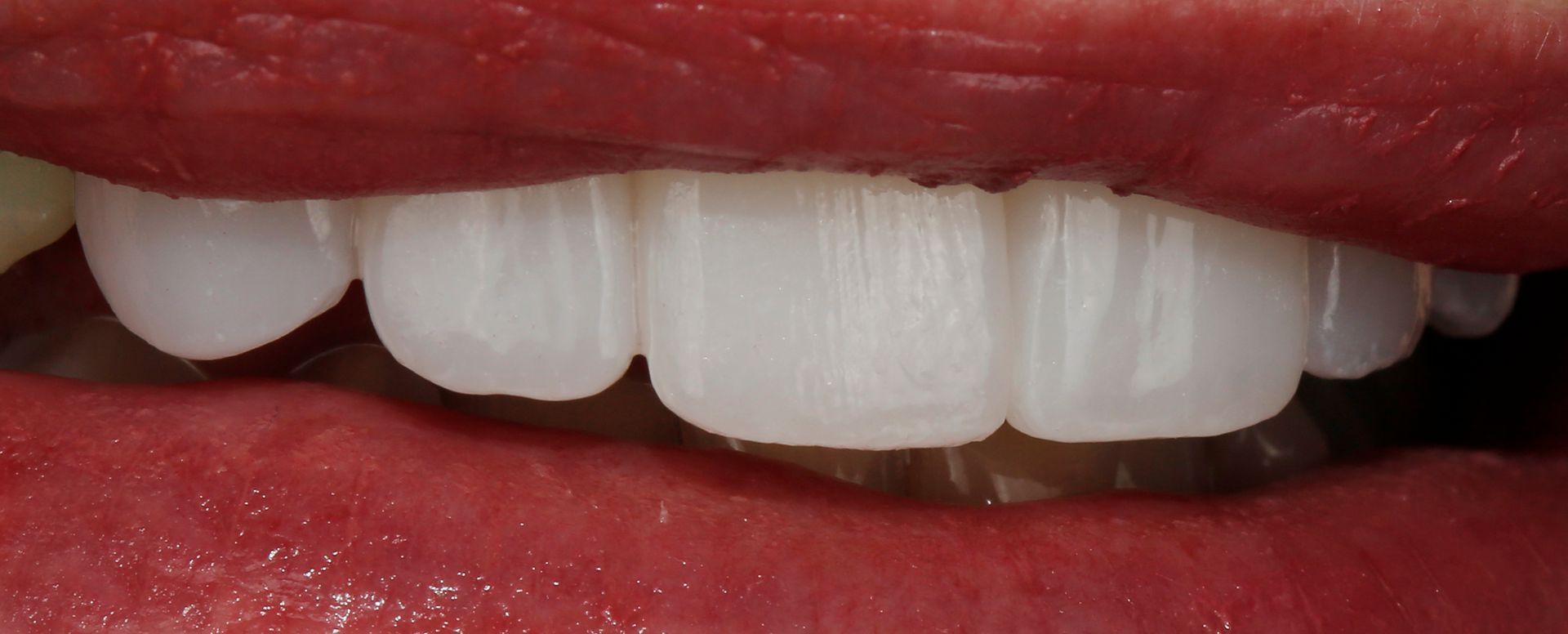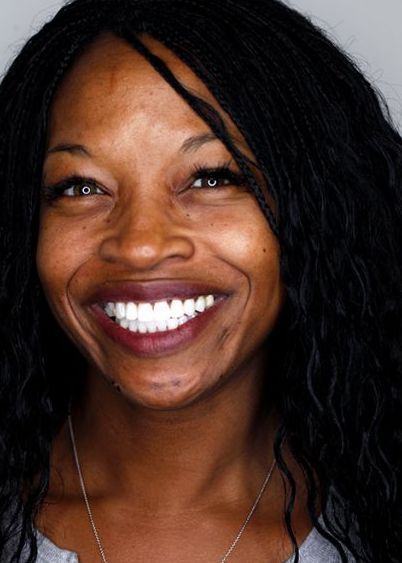PRINCIPLES OF SMILE DESIGN
These principles are used as a guide rather than a rigid mathematical formula. Most experts recommend creating harmony and balance by eye via proper adjustment and evaluation of provisionals rather than any formula. Strict adherence to these formulas is not recommended. It may fail the esthetic result.
The information given here is presented purely to facilitate communication between the patient, physician, and the laboratory. Ultimately, there is no magic formula for esthetics. The final esthetic perception depends on rare tooth proportion guidelines and in most cases patient’s perception, social background, and cultural influences.
Dental Midline
The midline means the vertical contact interface between two maxillary central incisors. It must be perpendicular to the incisal plane and parallel to the midline of the face. In some cases, various anatomical landmarks like the midline of the nose, forehead, chin, philtrum, and interpupillary plane may be used as reference to the midline evaluation. Maxillary and mandibular midlines do not match in 75% of cases. Thus, it mandibular midline must not be used as a reference point for determining the maxillary midline. A mismatch between maxillary and mandibular midline does not influence esthetics since most of the time mandibular teeth are not visible while smiling.
Incisal Lengths (Incisal Edge Positions)
Maxillary incisal edge position is one of the most important factors in smile creation because once set, it serves as a reference point to determine the proper tooth proportion and gingival levels. It affects the degree of tooth display, too.
Degree of Tooth Display
When the mouth is left free and slightly open, 3.5 mm of the incisal third of the maxillary central incisor should be visible in a young individual. As age increases, it results in less tooth display.
Phonetics
Phonetics is a major factor in the tooth length. To determine proper lip, tongue, and incisal support and tooth position, the patient should sit either erect or stand during these practices:
· M sound: After utterance, the lips return to the normal rest position, allowing assessment of the amount of the tooth display in rest position.
· E sound: The maxillary incisal edge plane should be located halfway between the upper and lower lip during the “E” sound.
· F and V sounds: Fricative sounds are produced by the interaction of the maxillary incisal edge with the inner edge of the lower lips’ vermilion border. Therefore, fricative sounds help to adjust the labiolingual position and length of the maxillary teeth.
· S sound: During utterance, the mandibular central incisors are positioned 1 mm behind and 1 mm below the maxillary incisal edge.
Tooth Dimensions
Central dominance necessitates that the central incisors must be the dominant teeth in the smile and they must express pleasing proportions. They are the key to the smile. The width-to-length ratio of the centrals should be approximately 4:5 (0.8–1.0); a range for their width of 75–80% of their length is most acceptable. The shape and location of the centrals affect or identify the appearance and location of the laterals and canines. The important point to be stated here is that it is not the actual size, but instead the perceived size, that these proportions are based on when viewed from the facial direction.
· Golden Proportion (Lombardi): When viewed from the facial aspect, the width of each anterior tooth is 60% of the width of the adjacent tooth (the mathematical ratio being 1.6:1:0.6). It is difficult to follow since patients have different arch forms, lip anatomy and facial proportions. Strict dependence on golden proportion calculations limits creativity and this may lead to cosmetic failure.
· Recurring Esthetic Dental Proportion (Ward): The successive width proportion when viewed from the facial aspect should remain constant as we proceed posteriorly from the midline. This offers great flexibility to match tooth properties with facial proportions.
Maxillary Central Incisors
The approximate length of the central incisors must be 10–11 mm and the width is calculated accordingly so that the ratio is between 75% and 80%.
Maxillary Lateral Incisors
These are the playful parts of the smile. They ensure individuality, are never symmetrical, and influence gender characterization.
Maxillary Canines
It is a junction between the anterior and posterior teeth. The size and characteristics of the buccal corridor are influenced by the size, shape, and position of the canines. It also sets the personality characterization (masculine: vigorous and aggressive; feminine: delicate and soft).
Also, we have to keep in mind that;
· Central incisor is wider than the lateral by 2–3 mm and canine by 1–1.5 mm
· Canine is wider than the lateral by 1–1.5 mm
· Canine and central are longer than lateral by 1–1.5 mm
Maxillary Bicuspids (First Premolar):
They play a very important role in arch design. They should fill the buccal corridor.
Buccal Corridor
It is a dark space (negative space) visible between the corners of the mouth and the buccal surfaces of the maxillary teeth. The width of the smile and the maxillary arch influence it. Especially, arch form has a direct effect on the buccal corridor. The ideal arch is broad and conforms to a U shape. A narrow arch is generally accepted as unattractive. The undesired, negative space should be kept minimum. This problem can be solved or minimized by adjusting the premolars. The buccal corridor should not be eliminated because a pinch of negative space offers depth to a smile.
Zenith Points
The most apical position of the cervical tooth margin is where the gingiva is most scalloped. It is located slightly distal to the vertical line drawn down the center of the tooth. The lateral is an exception to this rule as its zenith point may be located at the navel. Appointing the proper location of zenith points is a crucial step in the variance of mesial and distal dimensions. Exaggerated triangular forms should be avoided so tooth angulation is ensured.
Interproximal Contact Area (ICA)
It is defined as the broad zone in which two adjacent teeth touch each other. It follows the 50:40:30 rule about the maxillary central incisor. The rising ICA tends to create the illusion of longer teeth.
Interproximal Contact Point (ICP)
It is the contact point of a tooth with the adjacent one in front. As a general rule, the ICP moves upward from central to premolar.
Incisal Embrasures
The incisal embrasures should indicate a natural, progressive increase in size or depth from the central to the canine. This is a function of the anatomy of these teeth and as a result, the contact point moves apically as we proceed from central to canine. Failure to provide adequate depth and variation to the incisal embrasure will make the teeth appear too uniform. Also, if the incisal embrasures are too deep, it will make the teeth look unnaturally and unnecessarily pointed. As a rule, a tooth distal to the incisal corner is more rounded than its mesio incisal corner.
Gingival Health
The gum emerges as the frame for the teeth; thus, the final esthetic appearance of the case is greatly determined by the gingival health. The gingival texture must be in a complete state of health prior to the initiation of any dental treatment. Healthy gingiva is usually
· pale pink, stippled, firm and it should exhibit a matte surface
· located facially – 3 mm above the alveolar crest bone
· located interdentally – 5 mm above the intercrestal bone papilla should be pointed and should fill the gingival embrasure right up to the contact area.
Appointing the true gingival levels for each tooth is the key to the forming a harmonious smile. The gingival position or level of the centrals must be symmetrical. It can also match that of the canines. It is acceptable for the laterals to form the same gingival level. Yet, the resultant smile may be too uniform and it is always preferable to have a rise and fall in the soft tissue.
Smile Line
Smile line refers to a virtual line along the incisal edges of the maxillary anterior teeth which should pretend the curvature of the superior border of the lower lip during a person’s smile. Another frame of reference for the smile line suggests that the centrals should be visible slightly longer or, at least, not any shorter than the canines along the incisal plane.
Lip Line
It should not be confused with the smile line. It refers to the position of the inferior border of the upper lip during smile formation and thereby determines the appearance of the tooth or gingiva. Under ideal conditions, there must be a 1–2 mm indication of the gingival tissue. Showing 3–4 mm or more of the gingiva is described as gummy smile. It often requires cosmetic periodontal recontouring to have an ideal result.
Source of the Text: Bhuvaneswaran M. Principles of smile design. J Conserv Dent. 2010 Oct-Dec; 13(4): 225–232.
